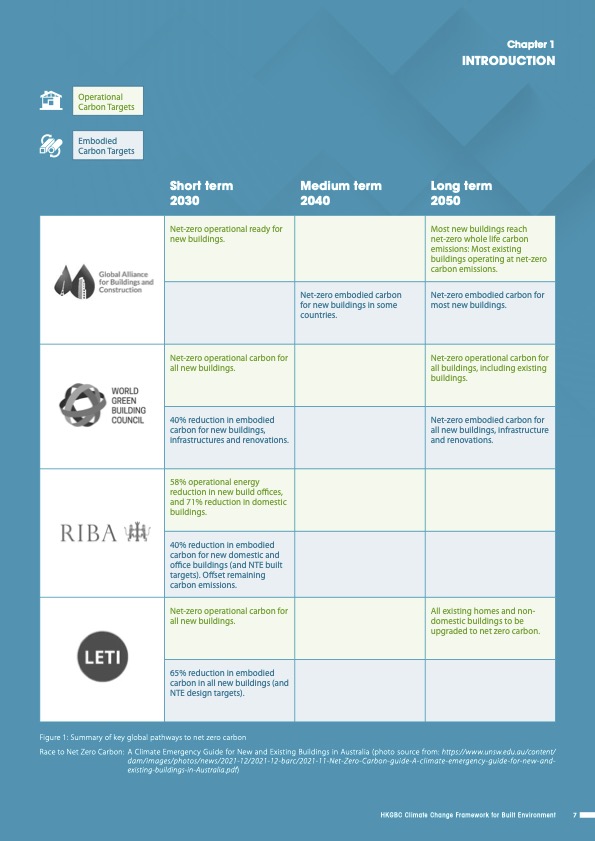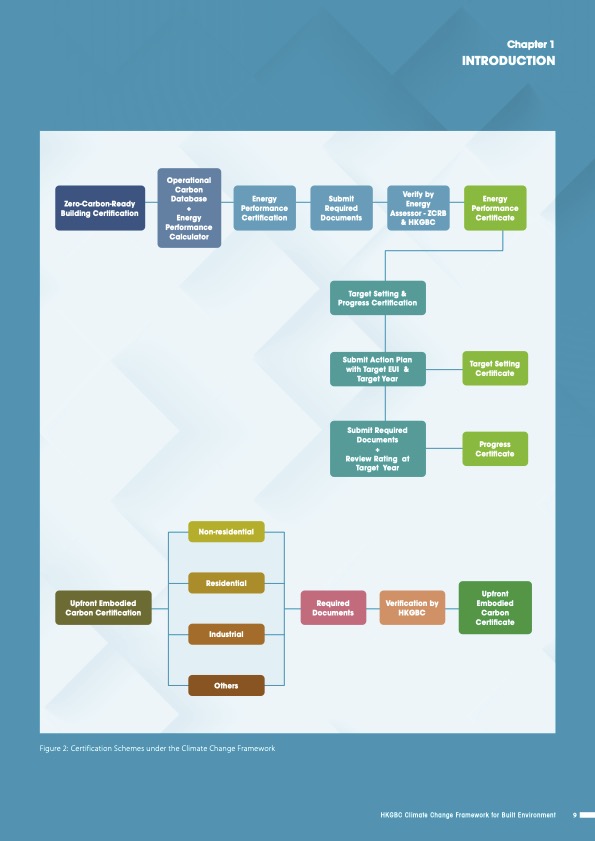HK News
Hong Kong’s First “Climate Change Framework for Built Environment” by the Hong Kong Green Building Council

Many of us know that electricity use in Hong Kong buildings is responsible for over 60% of the SAR’s carbon emissions. However, as buildings become more energy efficient, it is becoming clearer that embodied carbon (the carbon emissions from materials and construction) are as important for decarbonizing the industry. To address this, the Hong Kong Green Building Council (HKGBC) launched Hong Kong’s first “Climate Change Framework for Built Environment” in June 2023.
This framework provides a practical tool kit which includes aligned definitions, measurement methodologies, baselines, calculation tools, and benchmarking schemes for the building industry to contribute to the path of carbon neutrality in Hong Kong in a consistent fashion.
Developed through extensive stakeholder consultations and benchmarking of international experience, this framework offers specific local guidance in the unique context of Hong Kong’s sub-tropical climate and high-density mixed-use developments to align with key global, net-zero carbon short (2030), medium (2040), and long term (2050) pathways (Figure 1).
Besides certification schemes with clear targets for embodied and operational carbon (Figure 2), this document offers a highly useful perspective in terms of the maturity of technology and statutory development in the context of Hong Kong pertaining to embodied carbon assessment tools and software, construction Life Cycle Assessment (LCA) databases, detailed approaches for low carbon building design, planning, materials and construction. HKUST professors Prof. Jack CHENG and Ir Prof. Irene LO were faculty contributors and advisors, ensuring the Expert Group maintained high standards of both the academic and practitioner communities.
In the near term, we look forward to LCA being adopted as a calculation methodology by the construction industry. From a top-down level, this would allow stakeholders to accurately plan pathways to meet these Embodied and Operational Carbon targets, and from the bottom up, manufacturers and distributors in the supply chain can produce product-specific Environmental Product Declarations.

Figure 1: Key global, net-zero carbon short (2030), medium (2040), and long term (2050) pathways
